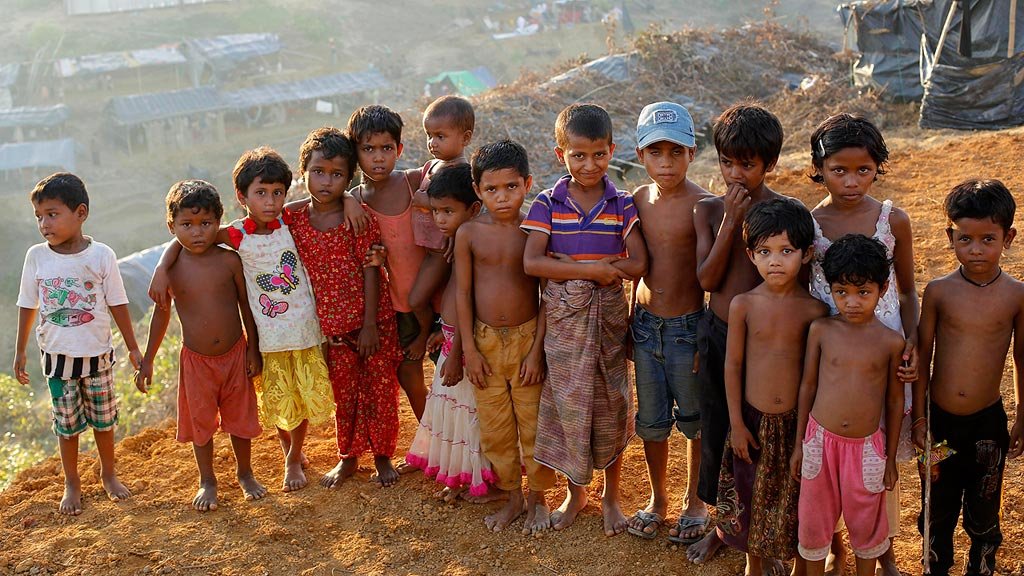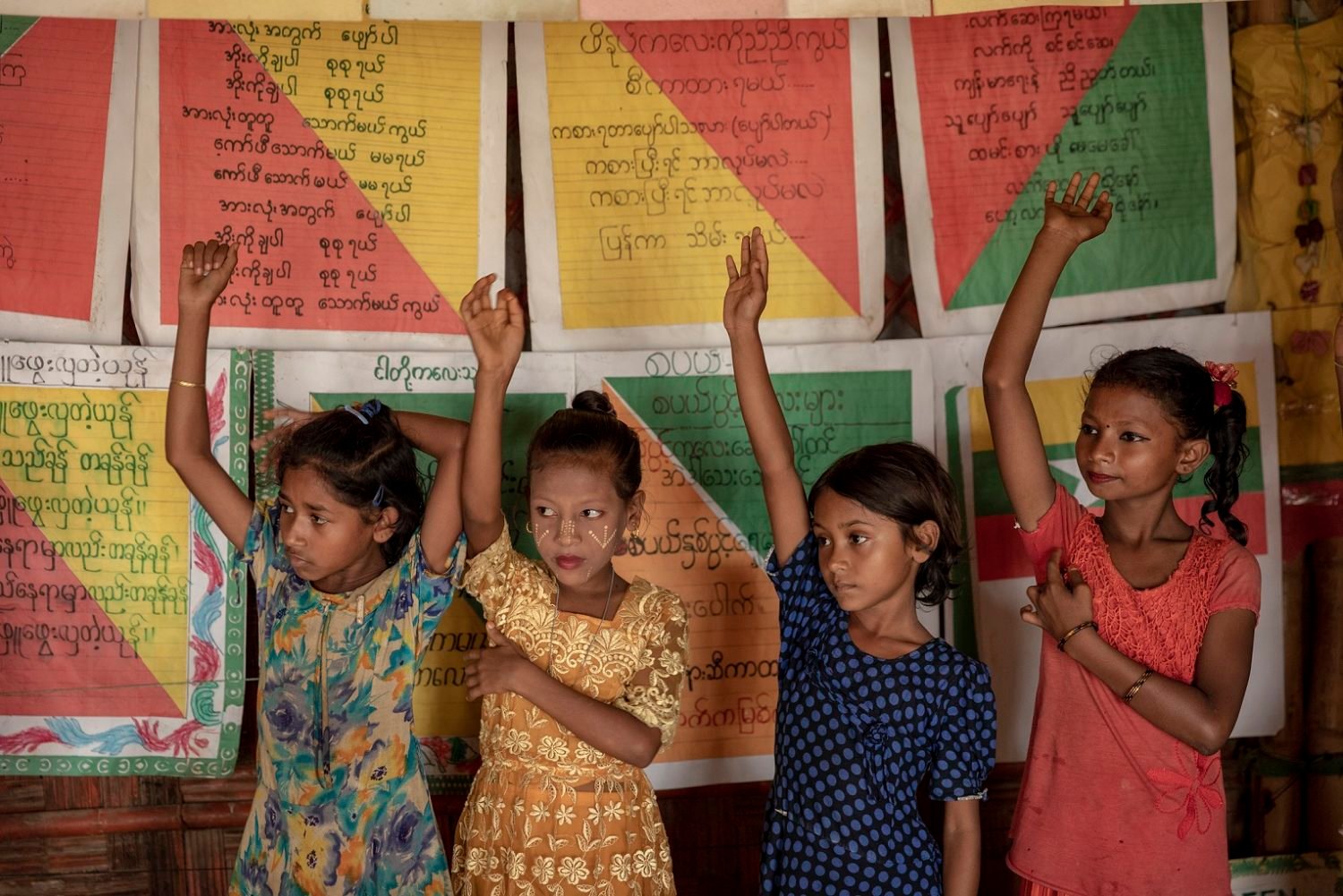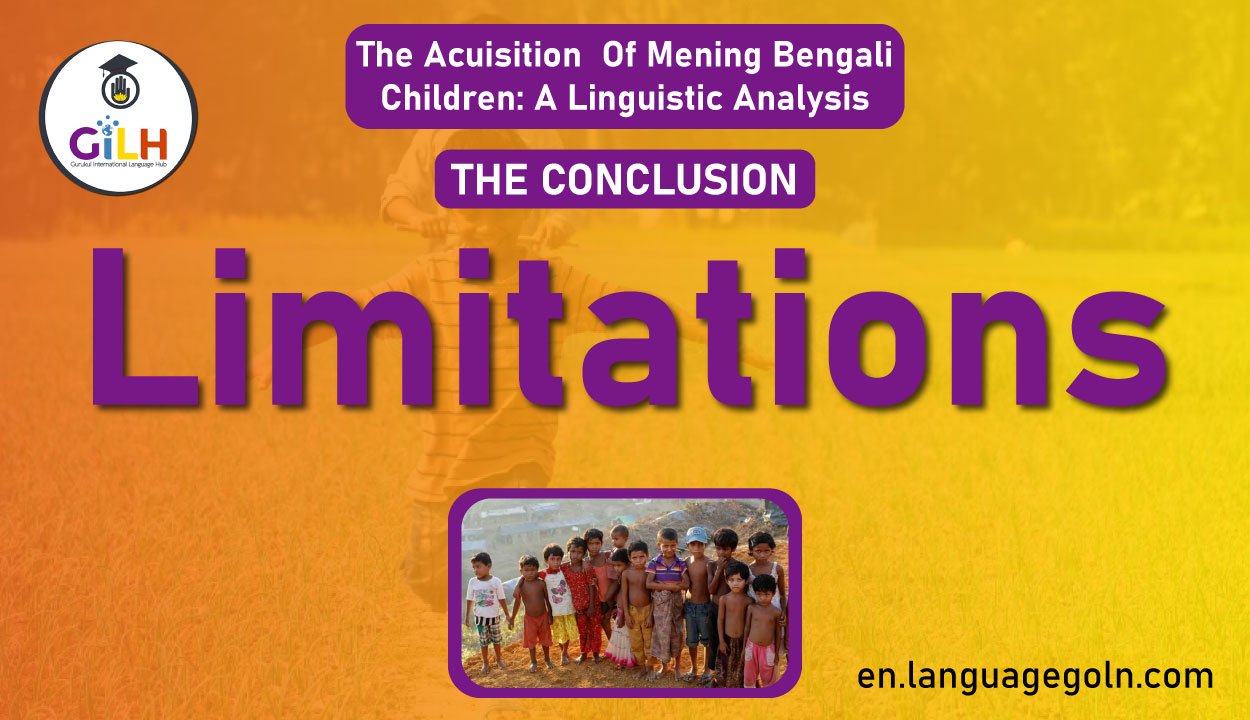Today our topic of discussion is – The Conclusion Limitations
The Conclusion Limitations
This section discusses the limitations in this study in terms of data collection and field work as well as the write-up process. The following are the few limitations I identified in this study: (i) site of research, (ii) Time, timing and participants’ involvements (iii) data recording process. These few drawbacks recommended directions that could carry this work further.
A few years ago my journey with the young language learners started. This relationship developed from a casual conversation with a friend about my amusement on how my child is acquiring his first language to a doctoral dissertation and a commitment to a cause.

This journey brought with it laughs, tears and a lot of thought. I got the chance to learn about myself as I listened to the participants and came to know them. I also engrossed myself in my work to understand the significance of meaning acquisition in the lives of the young minds and the potentials for acquisition expressed by them.
Sometimes I tried to put myself in the same shoes as the participants and I attempted to configure how they are processing meaning out of the surrounding inputs. I know I also went through the same process during my first language acquisition period, but I am not sure if my journey was as enthusiastic as theirs!
I decided to throw myself in the field, observe the phenomenon, ask questions, interrogate structures, examine my interpretation, and then go back to the field again. It was an eye opening journey that taught me innovation as well as how to apply presence of mind.
I felt myself to be a learner in front of these children who gave great effort to acquire structures in far more powerful ways than we can now imagine as an adult. I observed, listened to them talking and expressing meaning with novelty.
I saw the light in their eyes when they became successful in conveying what they wanted to mean and the persistence to overcome circumstances. I learned to be proud of the ability of human beings to acquire, experience and making such a process of meaning acquisition easy and almost flawless mostly on self efforts.
I looked at the things I wondered about in my life and contrasted that with what the actual process of language acquisition the children had to go through. I realized
that meanings can never be taught, they have to be acquired through imitation, observation and following the adults’ and mostly by using the language. Children figure it out all on their own. This amusing capability is a gift to the humankind from the Almighty.

This project took to its heart a usage-based approach that defined the work’s epistemological features. From its commencement, my work sought to stand upon the articulations of language acquisition participants as they made sense of their existence and life experience.
In addition, the bond between these children and their family members has been explored in the light of the language constructions narrated by those participants. Through a detailed observation of their language use and co-constructive nature of meaning making endeavor, I tried to present an account of the meaning acquisition process of the Bengali children I chose as my research participants.
At the center of my study is the acknowledgment of the impossibility of representing children from different cultures as a common background to reflect the meaning acquisition process. But I share my co-construction of meanings as brought forward by these Bengali spoken participant children.
It is through the interactive, participatory nature of data collection and the intensive data analysis that these meanings emerged from them. This study employed different methods to provide a complete understanding of the context,
settings, structures, and performer involved. I engaged in an auto-ethnography to document my experience with the participating children. Through perceptions, I recounted my observations and experience dealing with the children for a period of 4 years and over.
Also, a substantial part of this project draws upon my work where I observed the participating children interact with their family and other members living together and stand in surrounding environmental context. The observation was further complemented by personal
interviews with the caregivers of the children. I visited the homes of all the participants to get a sense of the way they live and the setting they are part of. This ethnographic journey yielded a wealth of data from the field and from the participants.

It informed my understanding of the issue and indicated that the research questions presented in this study were answered. Integral to the ethnographic work of the researcher is the adherence to an open state of mind ready to absorb data with “the suspension of disbelief” (Charmaz & Mitchell, 2007, p.161).
I tried to document my feelings, experiences, and reactions to the fieldwork I was doing in a reflexive journal I kept. I approached the field with an open heart and an open mind, despite a few instances of prejudice that I documented in my journal. I believe by the end of this stage of my journey with these young achievers, I know I have a lot to work on.
I see this project developing into white papers to address the meaning acquisition issue. I intend to share what I learned with the academic community in an effort to provide the knowledge produced by the Bengali first language learners. This project adds to the literature on child language development by engaging in participatory qualitative method with the language learners as contributors not as subjects.
See more
